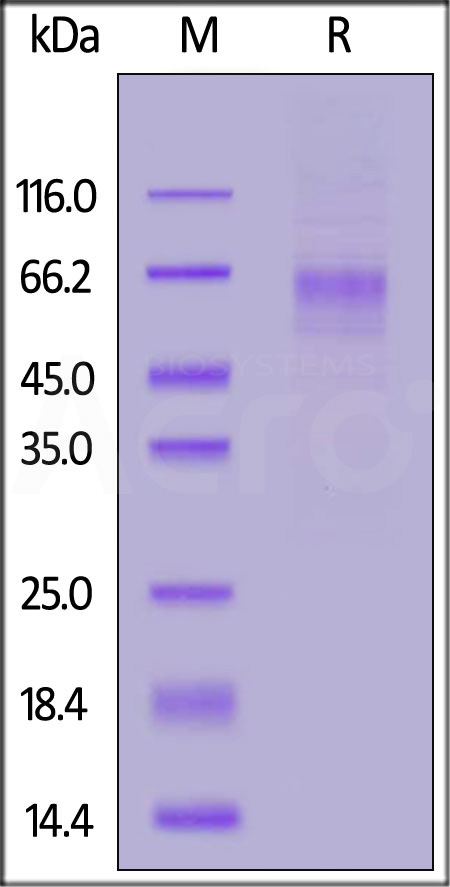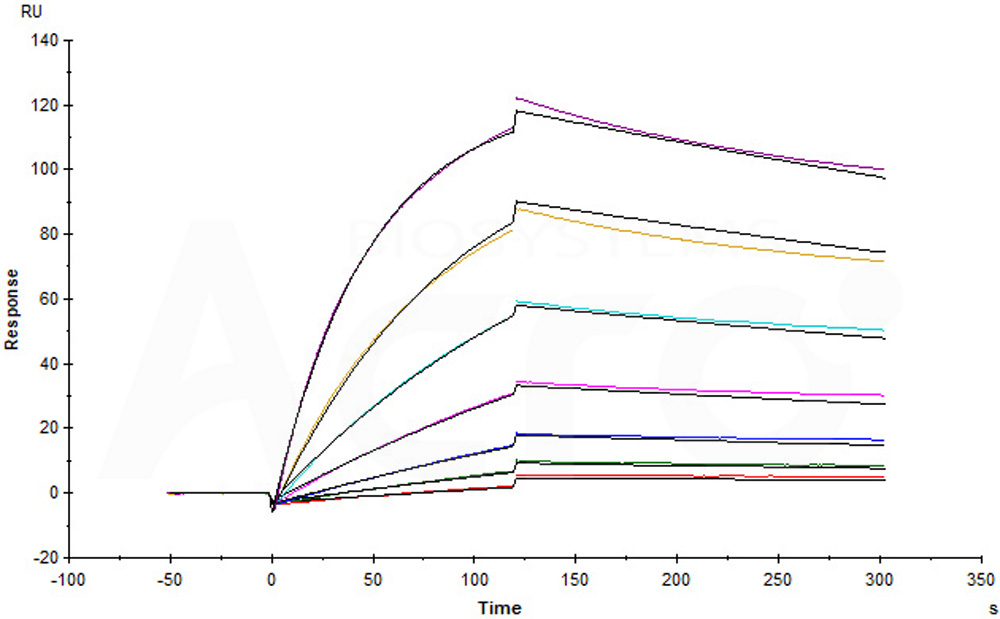Optimal Selection of Lower Instrumented Vertebra Can Minimize Distal Junctional Kyphosis After Posterior Spinal Fusion for Thoracic Adolescent Idiopathic ScoliosisHori, Matsumura, Namikawa
et alSpine (Phila Pa 1976) (2025)
Abstract: Retrospective cohort study of a prospectively collected multicenter database.To identify risk factors for developing distal junctional kyphosis (DJK) and elucidate optimal selection of the lowest instrumented vertebra (LIV) utilizing sagittal stable vertebra (SSV) and preoperative distal junctional angle (DJA) to prevent DJK.While including the SSV may minimize DJK following posterior spinal fusion (PSF) for adolescent idiopathic scoliosis, relying solely on the SSV criteria can necessitate more extensive fusion. As LIV moves distally, a patient's motion, function, and chance of degeneration may all be negatively affected.This study included patients with Lenke 1/2 curves who underwent thoracic PSF (LIV≤L1); development of DJK (DJA≥10°) was evaluated 2 years postoperatively. Preoperative DJA was measured between LIV and LIV+1, consistent with postoperative measurements. Multiple logistic regression models identified risk factors for developing DJK. DeLong's test compared area under the curve (AUC) from different receiver operating characteristic curves to assess DJK predictive accuracy between models.Of 1,034 patients, 86 (8%) developed DJK 2 years postoperatively. Identified risk factors included preoperative DJA, LIV at ≥SSV-2, an upper instrumented vertebra of ≥T2, lumbar modifiers B or C, and larger T5-12 kyphosis. Incorporating preoperative DJA and SSV-1 for LIV selection enhanced DJK prediction accuracy over solely considering SSV inclusion (AUC=0.81 vs. 0.72, P<0.001). Furthermore, a multivariate model with risk factors achieved the highest AUC (0.87). Patients with DJK experienced worsening of T10-L2 kyphosis and lumbar lordosis over time, without affecting the Scoliosis Research Society-22 quality of life score. Among those who developed DJK, five required an extension of fixation distally.To prevent DJK, PSF should end below preoperative kyphosis and no more proximal than SSV-1 in patients with thoracic adolescent idiopathic scoliosis, particularly for high-risk cases. DJK led to kyphotic regional thoracolumbar alignment at 2-year follow-up.Level Ⅲ-retrospective comparative study.Copyright © 2025 Wolters Kluwer Health, Inc. All rights reserved.
Low intensity mechanical signals promote proliferation in a cell-specific manner: Tailoring a non-drug strategy to enhance biomanufacturing yieldsChan, Ashdown, Strait
et alMechanobiol Med (2024) 2 (4)
Abstract: Biomanufacturing relies on living cells to produce biotechnology-based therapeutics, tissue engineering constructs, vaccines, and a vast range of agricultural and industrial products. With the escalating demand for these bio-based products, any process that could improve yields and shorten outcome timelines by accelerating cell proliferation would have a significant impact across the discipline. While these goals are primarily achieved using biological or chemical strategies, harnessing cell mechanosensitivity represents a promising - albeit less studied - physical pathway to promote bioprocessing endpoints, yet identifying which mechanical parameters influence cell activities has remained elusive. We tested the hypothesis that mechanical signals, delivered non-invasively using low-intensity vibration (LIV; <1 g, 10-500 Hz), will enhance cell expansion, and determined that any unique signal configuration was not equally influential across a range of cell types. Varying frequency, intensity, duration, refractory period, and daily doses of LIV increased proliferation in Chinese Hamster Ovary (CHO)-adherent cells (+79% in 96 hr) using a particular set of LIV parameters (0.2 g, 500 Hz, 3 × 30 min/d, 2 hr refractory period), yet this same mechanical input suppressed proliferation in CHO-suspension cells (-13%). Another set of LIV parameters (30 Hz, 0.7 g, 2 × 60 min/d, 2 hr refractory period) however, were able to increase the proliferation of CHO-suspension cells by 210% and T-cells by 20.3%. Importantly, we also reported that T-cell response to LIV was in-part dependent upon AKT phosphorylation, as inhibiting AKT phosphorylation reduced the proliferative effect of LIV by over 60%, suggesting that suspension cells utilize mechanism(s) similar to adherent cells to sense specific LIV signals. Particle image velocimetry combined with finite element modeling showed high transmissibility of these signals across fluids (>90%), and LIV effectively scaled up to T75 flasks. Ultimately, when LIV is tailored to the target cell population, it's highly efficient transmission across media represents a means to non-invasively augment biomanufacturing endpoints for both adherent and suspended cells, and holds immediate applications, ranging from small-scale, patient-specific personalized medicine to large-scale commercial biocentric production challenges.
Predictive Factors of Antibody-Drug Conjugate Treatment in Metastatic Breast Cancer: A Narrative ReviewGadaleta-Caldarola, Lanotte, Santoro
et alCancers (Basel) (2024) 16 (23)
Abstract: Antibody-drug conjugates (ADCs) have revolutionized the treatment landscape for metastatic breast cancer, offering targeted delivery of cytotoxic agents with improved efficacy and tolerability compared to conventional chemotherapy. This narrative review explores key predictive factors influencing the efficacy of ADCs, focusing on HER2-targeted therapies, such as trastuzumab emtansine and trastuzumab deruxtecan, as well as sacituzumab govitecan for triple-negative breast cancer. HER2 expression, TROP-2 levels, hormone receptor status, and the tumor microenvironment emerge as critical biomarkers for patient selection and therapeutic outcomes. Additionally, we discuss resistance mechanisms, such as antigen loss, impaired drug internalization, and the role of circulating tumor DNA in predicting ADC response. Finally, future perspectives on the sequential use of ADCs and potential combination therapies are highlighted, along with emerging agents targeting alternative antigens like HER3 and LIV-1. Overall, identifying predictive biomarkers and overcoming resistance mechanisms are essential for optimizing the use of ADCs in metastatic breast cancer, thereby improving patient outcomes.
Prediction Model for Lumbar Curve Correction After Selective Thoracic Fusion in Lenke 1 and 2 Adolescent Idiopathic ScoliosisCai, Liu, Dai
et alSpine (Phila Pa 1976) (2024) 49 (19), 1361-1369
Abstract: A retrospective study.To identify independent risk factors and construct a prediction model for lumbar curve correction (LCC) after selective thoracic fusion (STF) in patients with Lenke 1 and 2 adolescent idiopathic scoliosis (AIS).STF has been widely applied to Lenke 1 and 2 AIS patients. However, LCC after STF is still controversial.One hundred twenty-eight patients undergoing STF with at least 2 years of follow-up were included. Cases were divided into a high-LCC group and a low-LCC group according to a rounded-up median of 65%. Forty-nine variables were taken into account. Logistic regression was applied to identify independent predictive factors. A prediction model was established by backward stepwise regression, and its evaluation was implemented on R.Five parameters showed independent predictive value for low LCC: right shoulder higher before surgery (right shoulder higher versus balanced: odds ratio [OR]=0.244, P =0.014), postoperative Cobb angle of lumbar curve (LC) (OR=1.415, P =0.001, cutoff value=11°), lowest instrumented vertebra (LIV) distal to end vertebra (no vs. yes: OR=4.587, P =0.013), postoperative LIV tilt (OR=0.686, P =0.010, cutoff value=6.85°) and postoperative LIV+1 tilt (OR=1.522, P =0.005, cutoff value=6.25°). The prediction model included 6 variables: lumbar modifier, preoperative shoulder balance, postoperative Cobb angle of LC, LIV position, postoperative LIV tilt, and postoperative LIV+1 tilt. The model evaluation demonstrated satisfactory capability and stability (area under curve=0.890, 10-fold cross-validation accuracy=0.782).Preoperative shoulder balance, Cobb angle of LC, LIV position, postoperative LIV and LIV+1 tilt could be used to prognosticate LCC after STF. A model with solid prediction ability was established, which could further our understanding of LCC and assist in making clinical decisions.Copyright © 2024 Wolters Kluwer Health, Inc. All rights reserved.




 +添加评论
+添加评论























































 膜杰作
膜杰作 Star Staining
Star Staining















